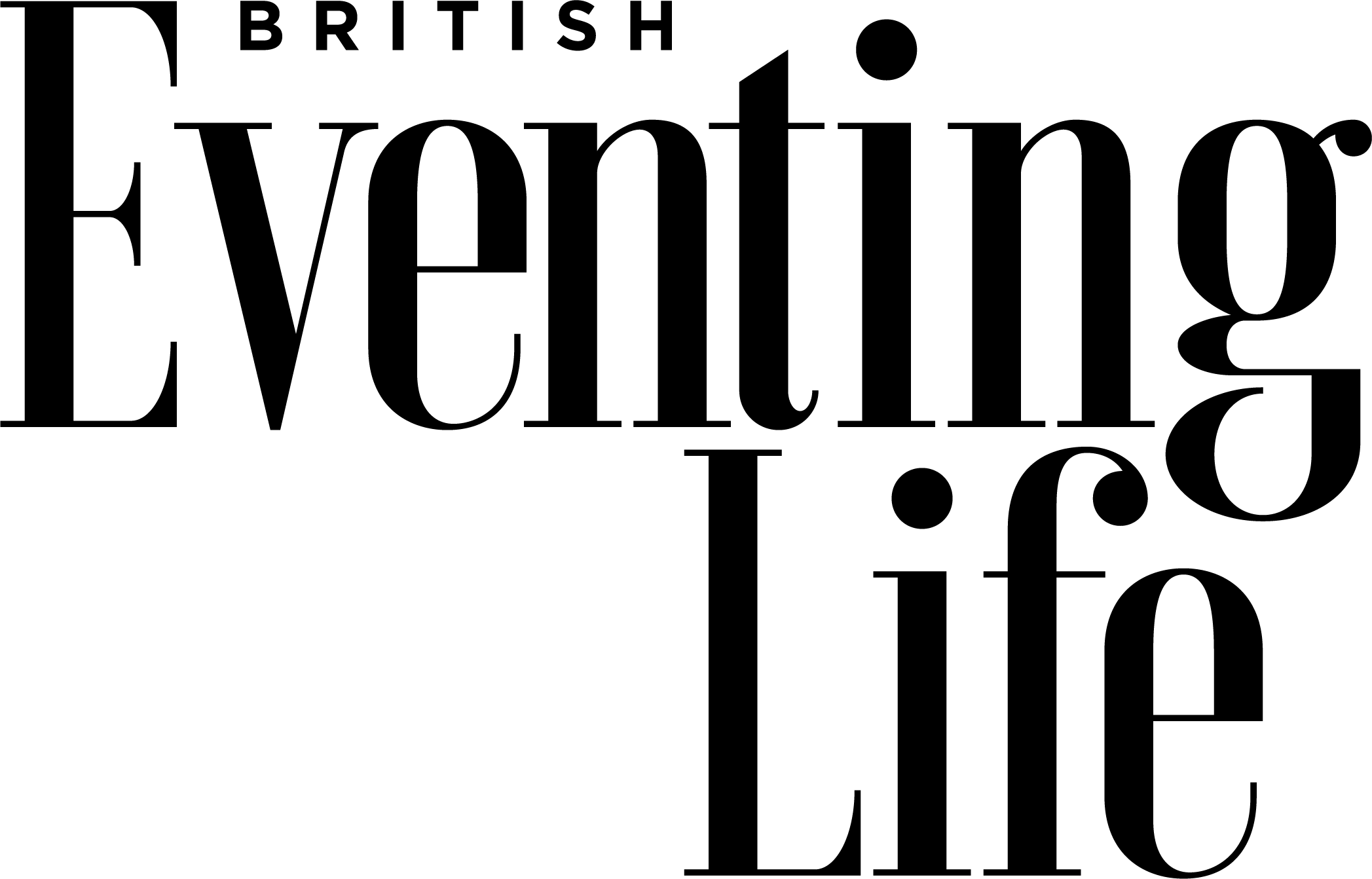
How to travel safely with horses
Riders and their support teams will spend many hours on the road, from travelling to and from events to the essential training, fitness and schooling sessions. Here are some tips to keep horses and humans safe when travelling.
CHECK YOUR WEIGHT
- Horseboxes are often overloaded on the rear axle, especially 7,500kg lorries, stalled for three horses with larger living areas. Lightweight 3,500kg horseboxes stalled for two horses are usually overloaded with two horses, plus people, water, hay and tack.
- If you’re loaded incorrectly, you’re possibly uninsured.
- Position water tanks and tack lockers closer to the front axle to offset equine weight and not overload the rear axle.
- Know what your horse weighs and where it will be positioned to avoid individual axle overloading.
- Overloading carries a maximum penalty of up to £5,000 per offence.
- Get a weight ticket from a local weigh bridge www.gov.uk/find-weighbridge
LOOK AFTER YOUR VEHICLE
- Horsebox fires are usually caused by a lack of regular vehicle maintenance and many trailers aren’t regularly serviced, making them vulnerable to seized brakes and perished tyres.
- Carry a number of regularly serviced fire extinguishers – anyone travelling with horses should be trained how to effectively use them.
- Highly stressed animals could cause further serious accidents; police, highways or fire and rescue services will always assist in getting the horsebox to safety before the horses are transferred to another box.
- Ensure horsebox floors are regularly treated to prevent rotting.
BEFORE SETTING OFF
- Roadside vehicle checks are now commonplace by the Driver and Vehicle Standards Agency, or DVSA (formerly the Vehicle and Operator Services Agency, or VOSA). Ensure your vehicle is well maintained – an unkempt vehicle may arouse safety suspicions.
- If your vehicle has a tachograph, make sure you haven’t been driving for too long without a break. If you don’t have a tachograph, it’s still important to ensure you don’t drive when too tired.
- Driving a heavy goods vehicle (HGV)? Ensure you have up-to-date medical examinations.
- Make sure vehicle partitions suit the equine’s size.
- Check under floor coverings in case they're concealing damage.
- Always carry horse passports.
- Check your oil, water and fuel levels.
- Pack a warning triangle and human and equine safety kits, plus torch, charger for phone/satnav, and recovery services’ and insurers’ contacts.
- Check your tyre tread (including spares) and for signs of perishing.
- Every six months, check lamps and light bulbs for corrosion, and protect electrical contacts, nuts, bolts and hinges with WD40.
TRAILER TOWING
Safely towing a trailer means firstly ensuring that you are compliant with the recommended maximum towing capacities for your towing vehicle. The National Trailer & Towing Association’s website has all the technical advice you need to know: www.ntta.co.uk Here are some more tips:
- Grease tow-ball. Clean and grease every three months.
- Check lights, indicators, number plate light and hazards on each journey – you can purchase ‘Towing Socket Tester’ sets.
- Carry the correct number plate!
- Ensure breakaway cables are fully functional.
- Consult your trailer handbook concerning care of working parts and utilise a trailer dealer for maintenance of wheel bearings and brake shoes, if this isn’t within your expertise.
- The Organisation of Horse box and Trailer Owners (OHTO) advises to arrange breakdown cover for a trailer transporting horses (PRP Rescue Services’ have a free CPS-based ‘Breakdown Phone App’ with OHTO membership).
- Ensure the tow-ball is at the right height for balanced weight between the trailer axles, coupling and towing vehicle.
- Don’t exceed speed limits – 50mph: single carriageways; 60mph: dual carriageways/ motorways.
- Don’t travel in the right-hand lane of a three-lane motorway when towing.
- If your trailer swerves, ease off the accelerator and reduce speed gently.
- Don’t brake sharply on a bend; reduce speed beforehand and take the appropriate gear. Drive smoothly.
Image copyright sbmphotographic
